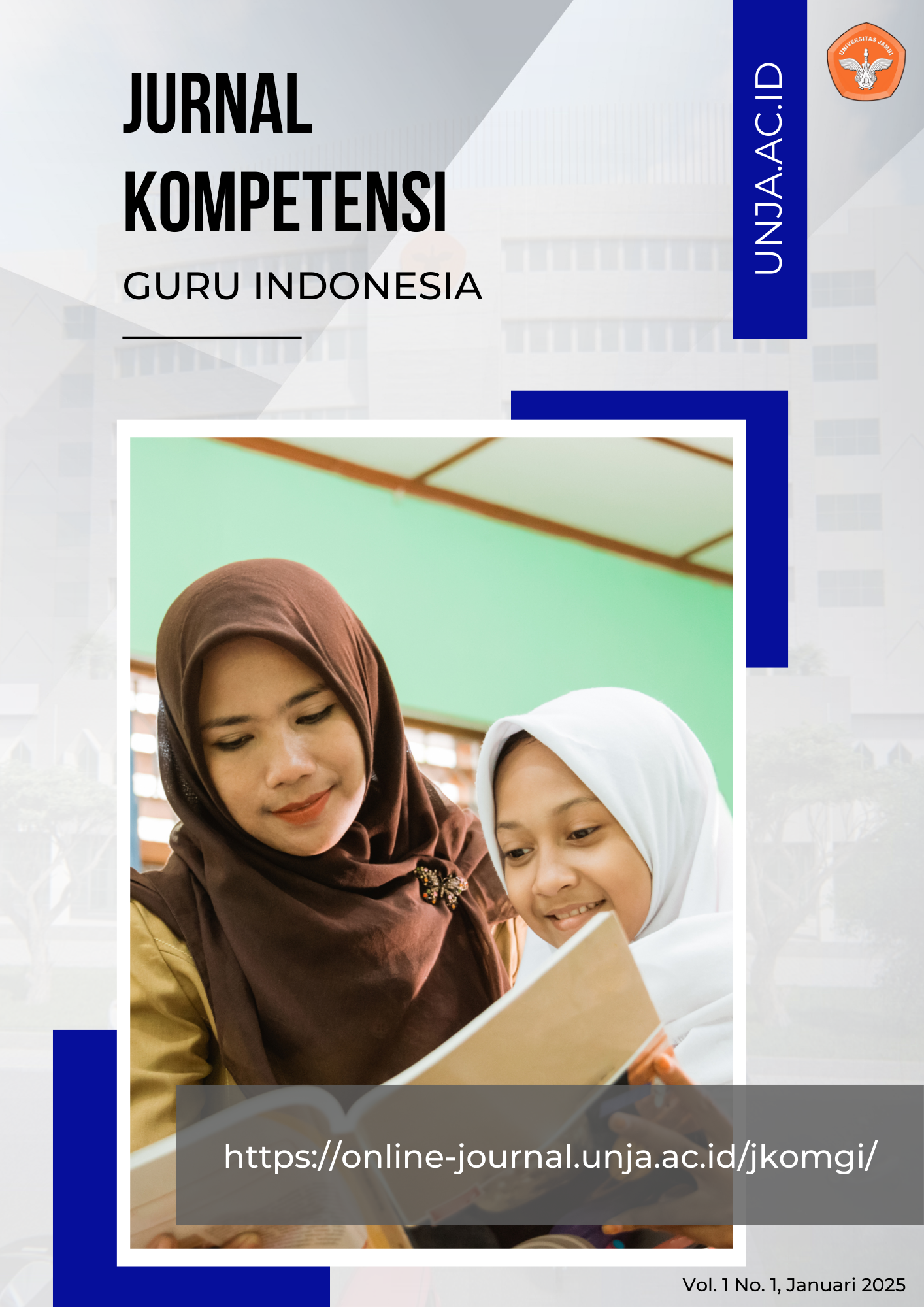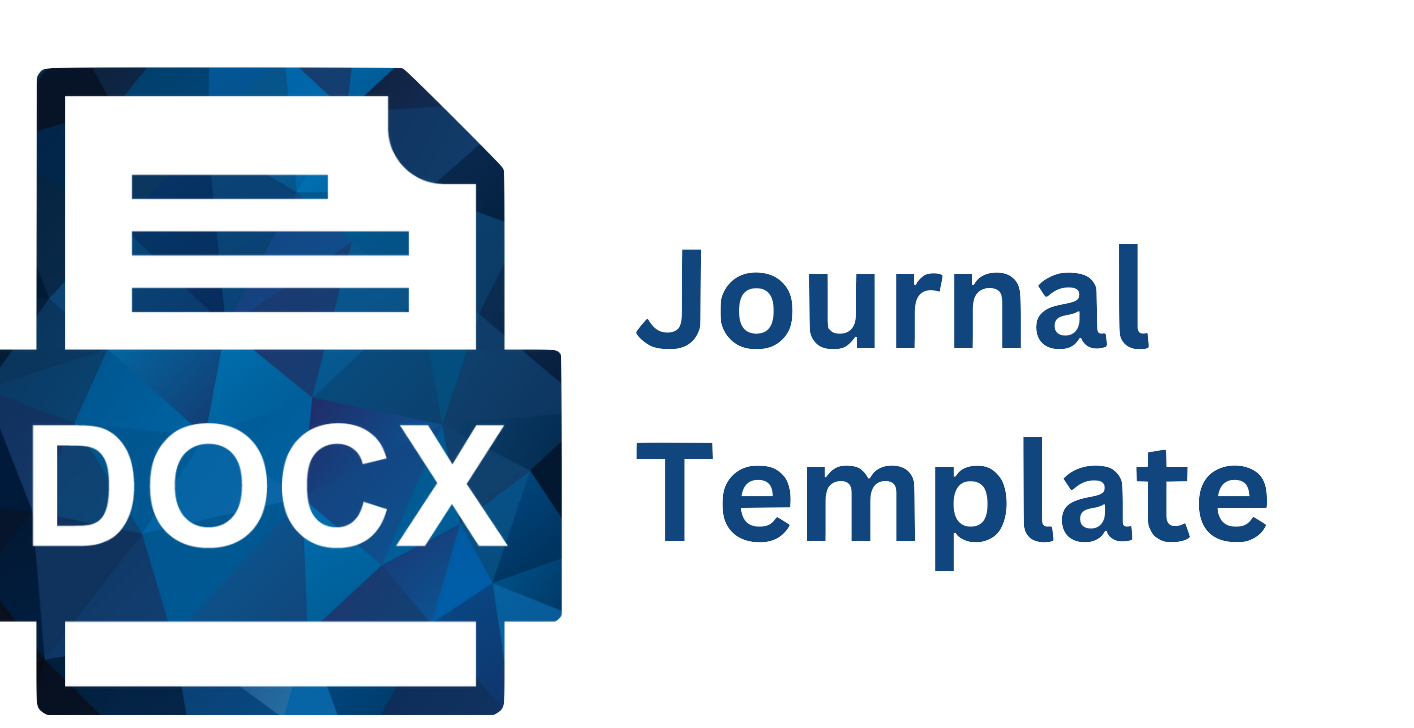IMPLEMENTATION OF STEM AND COMPUTATIONAL THINKING IN 7TH-GRADE ENGLISH: PROCEDURE TEXTS
Keywords:
STEM education, computational thinking, procedure texts, English language learning, project-based learningAbstract
This study investigates the integration of STEM (Science, Technology, Engineering, and Mathematics) and Computational Thinking (CT) in the instruction of procedural texts for seventh-grade English learners. Although students often encounter difficulties understanding procedural text, this research introduced a STEM CT-oriented project entitled "How to Make a Decorative Lamp from Recycled Paper." The project prioritized critical thinking, problem-solving, and collaborative abilities using CT components like decomposition, pattern recognition, abstraction, and algorithm design.
The qualitative study involved 30 students from SMP Negeri 5 Kota Jambi and demonstrated significant improvements in students' understanding of procedural texts. Students also showcased enhanced engagement and the ability to relate theoretical concepts to practical applications. These findings highlight the potential of interdisciplinary approaches to foster 21st-century skills and improve English language acquisition. The study concludes with recommendations for integrating STEM and CT methodologies into English curricula to better prepare learners for the demands of a dynamic global environment.
Keywords: STEM education, computational thinking, procedure texts, English language learning, project-based learning
Downloads
Downloads
Published
Issue
Section
License
Copyright (c) 2025 Adrieco Pasada, Elsi Dwirati, Premi Septi Lestari, Ratih Aulia Sari, Siti Hardianti, Yelia, Lisma Mustika Sari

This work is licensed under a Creative Commons Attribution 4.0 International License.
Jurnal Kompetensi Guru Indonesia is licensed under a Creative Commons Attribution 4.0 International License.
Copyright Notice:
1. Authors retain copyright and grant the journal right of first publication with the work simultaneously licensed under a Creative Commons Attribution 4.0 International License that allows others to share the work with an acknowledgement of the work's authorship and initial publication in this journal.
2. Authors are able to enter into separate, additional contractual arrangements for the non-exclusive distribution of the journal's published version of the work (e.g., post it to an institutional repository or publish it in a book), with an acknowledgement of its initial publication in this journal.
3. Authors are permitted and encouraged to post their work online (e.g., in institutional repositories or on their website) prior to and during the submission process, as it can lead to productive exchanges, as well as earlier and greater citation of published work (The Effect of Open Access)





